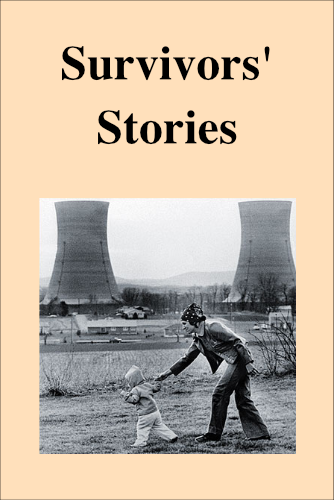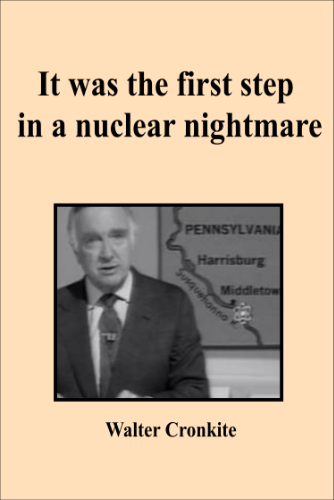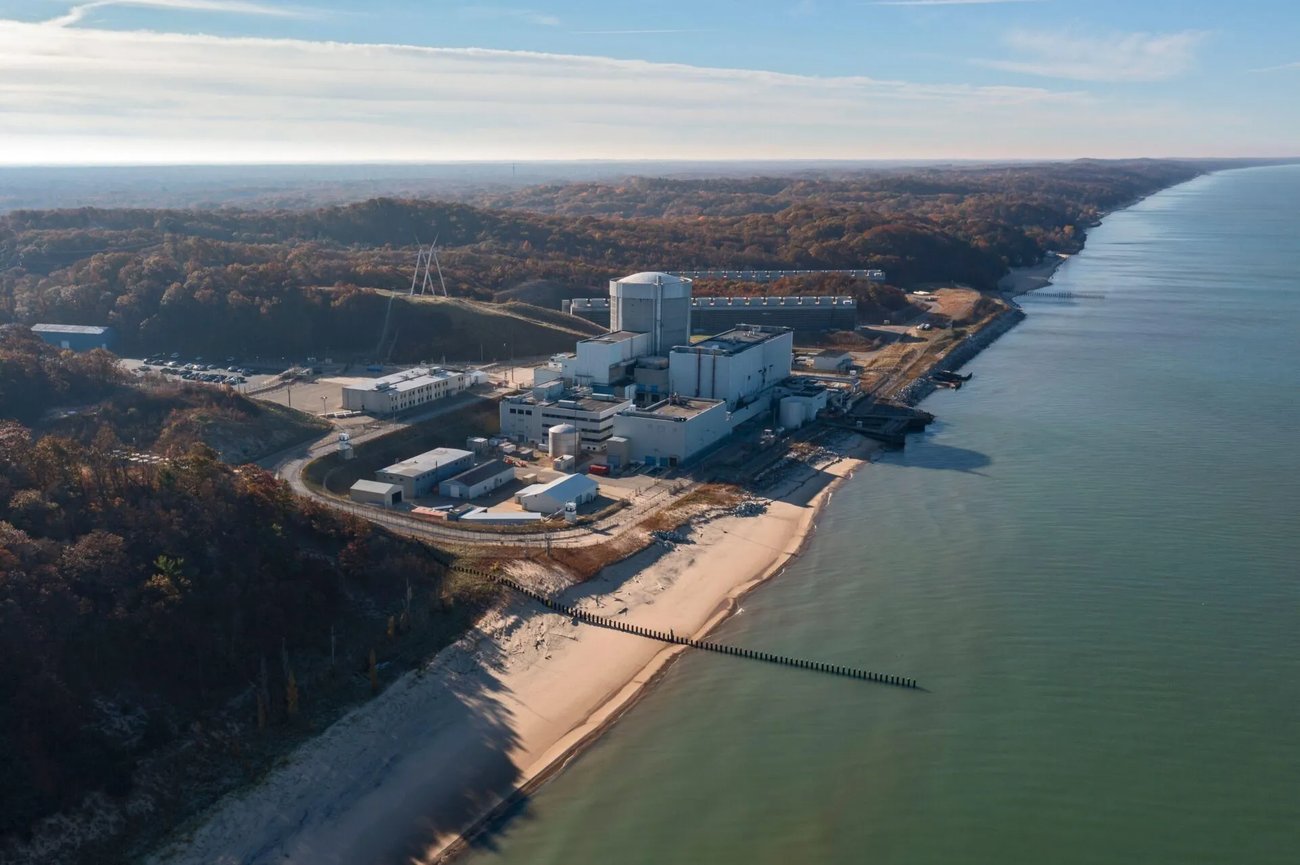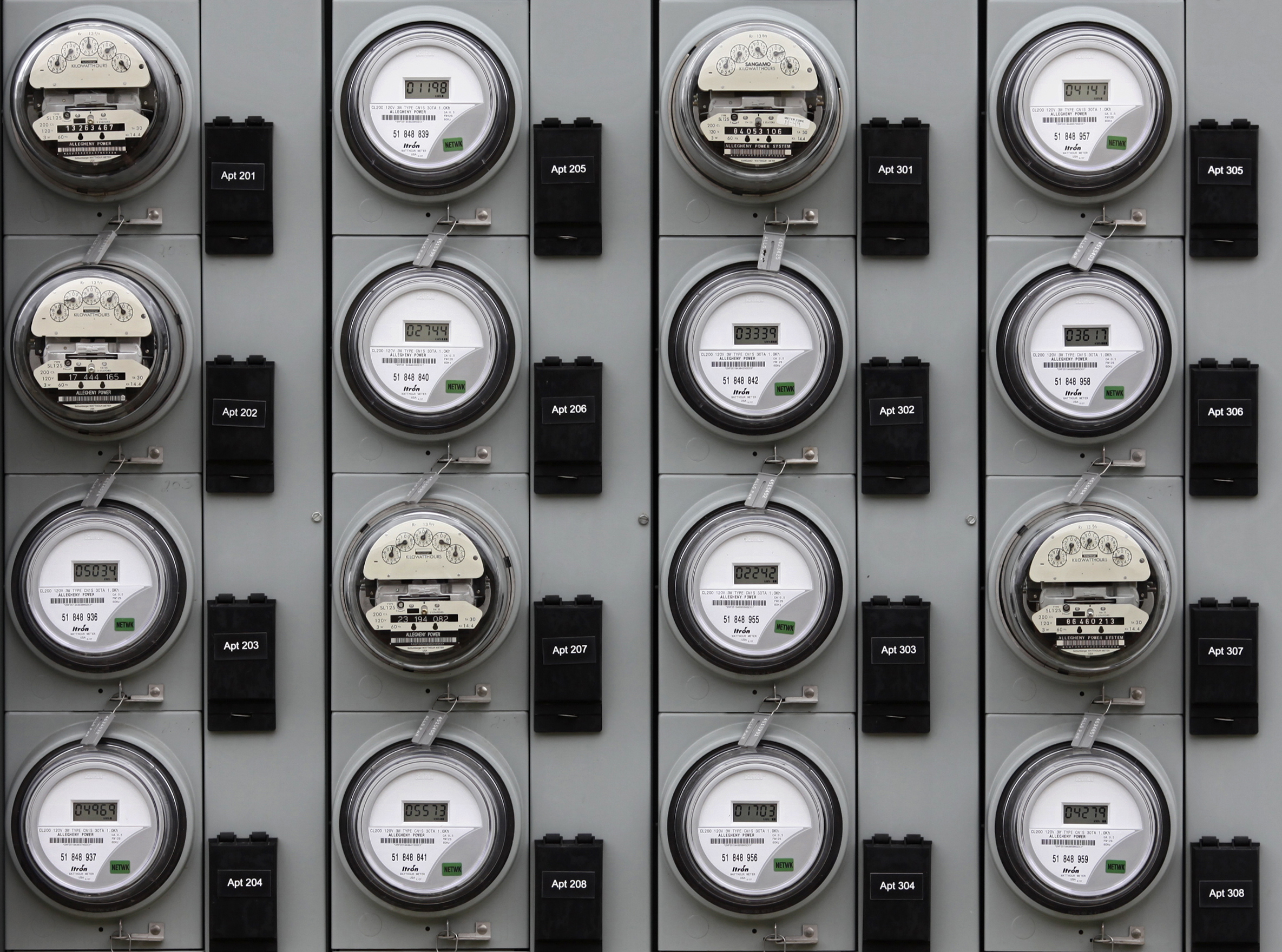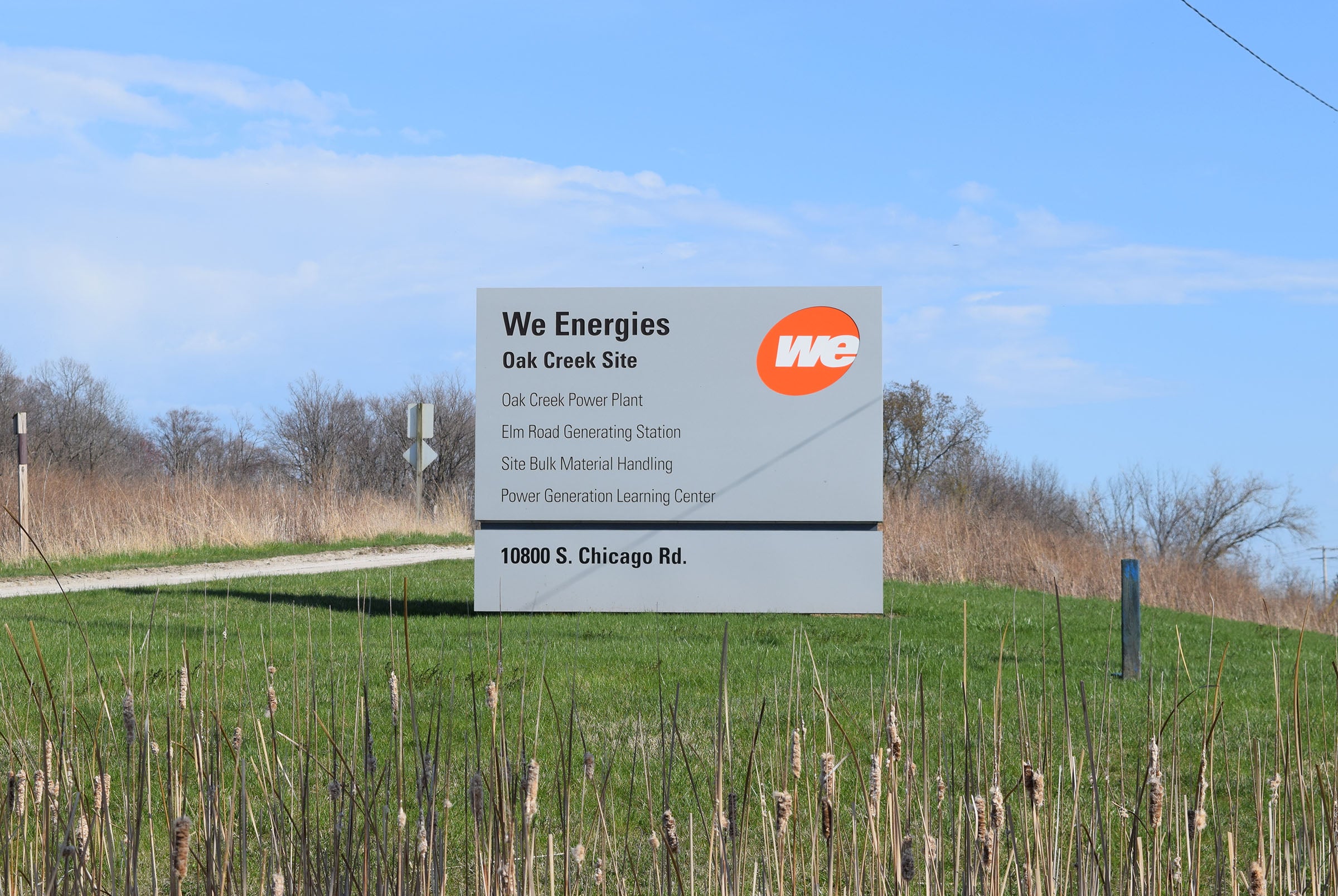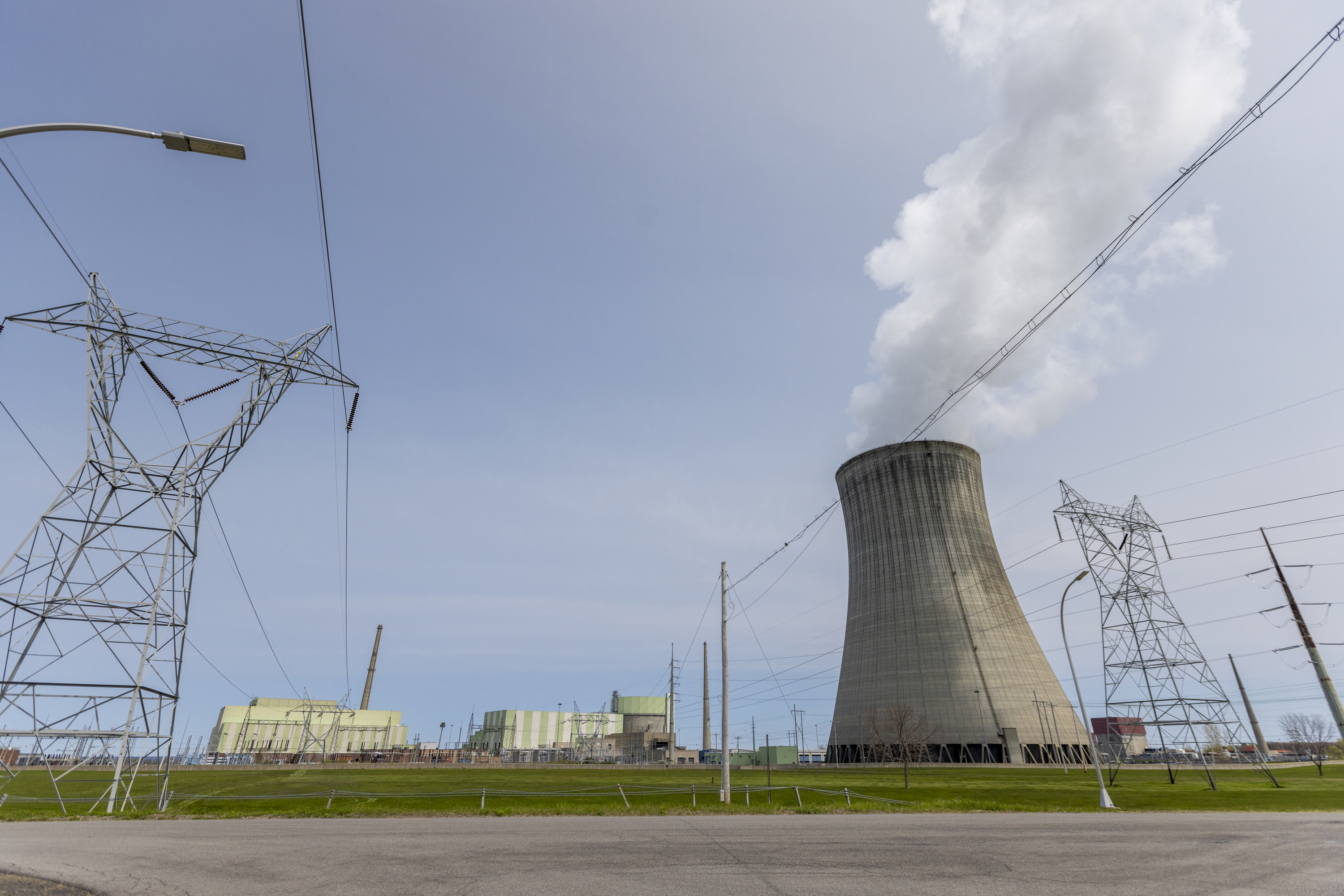Cost-conscious utilities resist Trump’s push for nuclear revival
By Brian Dabbs, Francisco "A.J." Camacho | 11/18/2025 06:52 AM EST
The administration has yet to convince major utilities to commit to building large reactors again.
The Trump administration wants to churn dirt on a bevy of new nuclear power plants.
Electric utilities that power America have different plans.
Despite forecasts for spiking electricity use and pledges from the Department of Energy to bolster nuclear power, utilities aren’t inking contracts to build new plants with the large-scale, light-water reactors that have fueled American homes and businesses for decades.
“I wouldn’t build a nuclear plant,” Exelon CEO Calvin Butler told CNBC last week. “What I could do is lean in on combined-cycle gas turbines. What I could do is build community solar. What I could do is own battery storage.”
Duke Energy, a major utility in the Southeast, is now hedging after laying out loose plans in October to produce more than a gigawatt of new nuclear power by 2037.
“We still need to figure out what we’re going to do with cost overrun protection and how we’re going to protect our investors and our customers from overruns,” Duke CEO Harry Sideris said on an earnings call earlier this month. “Nothing going forward until we have those other items resolved.”
That hesitation is throttling Trump administration plans to reassert U.S. nuclear leadership globally — and to ensure there is enough power in the U.S. to win the artificial intelligence race with China. Experts say new builds are important drivers of industry advancement that will cut costs and boost innovation. They’re also needed to keep powering America with nuclear energy, as many of the 94 reactors in the U.S. near retirement.
“There’s not a single company out there talking about a brand new light water reactor, and that’s where the administration gets frustrated,” an energy lobbyist, who has close ties to administration and was granted anonymity to speak freely, told POLITICO’s E&E News. “The administration is a little tone deaf in understanding the trepidations from a Wall Street standpoint.”
The utility sector is grappling with a laundry list of nuclear concerns. It’s worried about high costs, hits to balance sheets and the availability of enriched uranium in the U.S. following a cut-off from Russian imports in 2028. Utility CEOs are also skeptical that the capital-intensive power will be needed if demand forecasts contract.
Nuclear construction is one of many areas of discord between the White House and utility sector.
Meanwhile, nuclear power is taking off elsewhere around the globe. China is building dozens of new large-scale reactors and dramatically cutting costs to build plants, according to recent academic research out of Johns Hopkins University, Harvard University and other institutions.
Federal support
Late last month, the Trump administration and reactor developer Westinghouse announced a “strategic partnership” to build large nuclear plants. The agreement gives the government the option to invest $80 billion into building new U.S. Westinghouse reactors in exchange for profit sharing,
While critical details remain unclear, like which utilities will purchase the power, the investment pledge is the culmination of months of rhetorical boosts for nuclear power.
“I’ve heard about the nuclear renaissance for 20 years,” Energy Secretary Chris Wright told the Foundation for American Innovation’s gala last week, according to POLITICO. “We are all in to make it happen, and with all of your help, we will make it happen.”
Meanwhile, DOE is looking for ways to help finance domestic uranium enrichment. And the administration has called for reform and expedited approvals from the Nuclear Regulatory Commission, which is tasked with ensuring nuclear safety.
In a statement, DOE spokesperson Ben Dietderich said the administration has “taken historic action to accelerate next-generation nuclear deployment,” pointing in part to a DOE loan to restart the Palisades nuclear plant in Michigan. That financing was initially approved by the Biden administration.
Some other new nuclear activity is afoot in the U.S. utility world. In September, the Tennessee Valley Authority, a federally owned utility, signed an agreement with ENTRA1 Energy, a developer of small modular reactors. Meanwhile, other companies are signaling interest in restarting shuttered plants and completing work on partially-constructed ones. Last month, Santee Cooper approved a nonbinding letter of intent to finish construction at the VC Summer nuclear station in South Carolina.
High cost, high risk
The sector remains traumatized and skittish after sky-high cost overruns tied to construction of the Vogtle nuclear expansion in Georgia, completed in 2024 at roughly double the anticipated price tag. In 2017, South Carolina’s Santee Cooper and a project partner also abandoned two Westinghouse reactors at VC Summer after sinking $9 billion into the project.
“They don’t want to get caught the way that the Vogtle utilities and developers were,” said Advait Arun, senior associate for capital markets at the Center for Public Enterprise. “They’re weighing the odds.”
The Vogtle cost overruns sent Westinghouse into bankruptcy and created a public relations nightmare for Southern Co., the parent company of Georgia Power, which purchases power from Vogtle.
Dale Klein, a former NRC chair, said that utilities remain cautious.
“Utilities, by nature, are going to be conservative, and they’ll do what’s cheap, reliable, and quick,” Klein said. “There are a lot of memoranda of understanding that are being signed today, and MOUs are only worth the paper they’re written on. It just means they’re going to agree to work and think about things.”
He said the decision to contract a new nuclear plant could deliver a blow to the stock price of the company.
“If a publicly traded utility was to announce that they’re going to build a new large, conventional nuclear reactor, it’s very likely that their stock price would drop because Wall Street would be worried about the risk,” Klein said.
A nuclear fiasco akin to Vogtle could upend the balance sheet for a small or moderate-sized utility, experts said.
Overruns didn’t upend Southern Co.’s balance sheet because the utility was able to pass upfront costs onto ratepayers. Now, other states are aiming to get laws on the books, known as construction work-in-progress rules, that allow their utilities to do the same. A bill in North Carolina attempts to do that. A recently passed bill in Missouri allows utilities to pass on costs, but only for new gas projects.
“[Utilities] have to consider what’s right for the ratepayers, and that’s going to be the first big question,” said Rowen Price, a policy adviser at the center-left think tank Third Way.
But with electricity prices rising nationwide, the public utility commissioners that regulate the utility sector could thwart plans for rate hikes.
“If a utility wants to build nuclear, they have to be very careful in how they approach PUCs,” Arun said. “In light of broader concerns about affordability, we shouldn’t assume approval of rate hikes as granted, at least not to the degree that they could finance nuclear.”
Critics of nuclear power are relishing the inaction among utilities.
“We’ve seen these so-called nuclear renaissance efforts declared in the past,” said Kevin Kamps, radioactive waste watchdog at the nonprofit Beyond Nuclear. “It’s such a horrendous recent experience, no wonder the utilities aren’t gung-ho to jump in if any of their own skin is in the game.”
Demand spike uncertainty
The United States faces an electricity demand surge unseen in a generation. But some experts think the forecasts may be overblown. Data center developers are logging potential projects in multiple locations across the country, and that’s added uncertainty to the infrastructure build-out. Moreover, data centers could become more efficient and the pace of the tech industry could slow.
Experts compare the current demand scenario with the dot-com era, when dramatic electricity demand spikes were projected but never materialized.
“If there is a sharp contraction in demand, the projects that will go first are the largest capital investments with the least flexibility value in the future,” Arun said. “You’re going to see a lot more investment in cheaper gas, solar and storage and batteries, and wind — these kinds of technologies.”
Moreover, the highest confidence for skyrocketing power demand forecasts is in the next few years.
“When you look at that demand that you have to meet right now, that means natural gas is about your only choice for 24/7 operation,” Klein said. “They’re building these data centers now. They need electricity now. Nuclear takes longer.”
Still, Klein was hopeful that utilities will invest in nuclear projects today to meet long-term forecasts, which still predict continued growth. That could help provide investment confidence.
“If the data centers come in with money up front and say, ‘I will guarantee I’m going to buy this electricity for the long term, and I’m willing to be risk-sharing,’ then I think you’ll see some plants being built,” Klein continued.
Edison Electric Institute, the main lobbying group for for-profit utilities, says it supports nuclear.
“Nuclear energy is essential to delivering as many electrons to the grid and providing more reliable energy to the American people as affordably as possible,” EEI CEO Drew Maloney said in a statement. “We welcome the Trump administration’s focus on revitalizing this sector and look forward to working together to power America’s future.”
But to boost nuclear energy, utilities will need to move beyond rhetoric. Experts say the Trump administration’s $80 billion pledge is merely pomp until utilities get involved.
“It’s all kind of holographic until someone actually buys a reactor,” said the energy lobbyist granted anonymity to speak freely. “Who’s going to buy the reactor? Until your acme utility actually signs a contract, it’s irrelevant.”







